I am so behind with posts and so late in wishing you a happy 2014 that I decided to fast-forward and be ahead in wishing you a happy 2015. Way ahead. 😉
I have no good excuse for my getting behind other than it was an extra-busy holiday season: first came Keithmas (Keith Richards’ birthday is Dec. 18, 1943, and the FNB team decided to make it a party – it was his 70th after all), then Christmas and New Year’s. Much fun to see friends and family but I guess travel, time zones and opening gift after gift after gift (life is hard for a gold-digger) got the best of us.
We are now back in LA and grateful for the warm weather. As Keith Richards would say: “It’s great to be here. It’s great to be anywhere.”
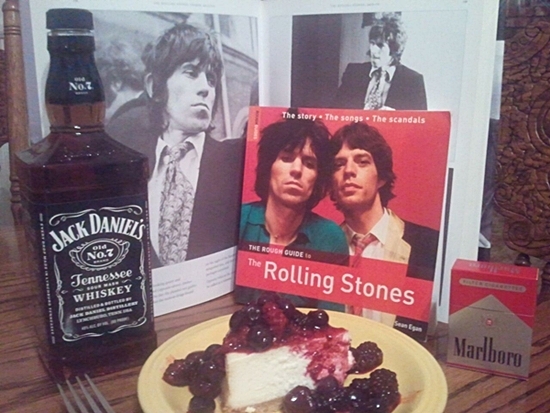





![rolling-stones-crossfire-hurricane-key-art-4[1]](http://www.filmnoirblonde.com/wp-content/uploads/2012/11/rolling-stones-crossfire-hurricane-key-art-41.jpg)
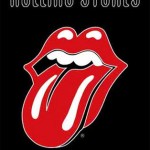
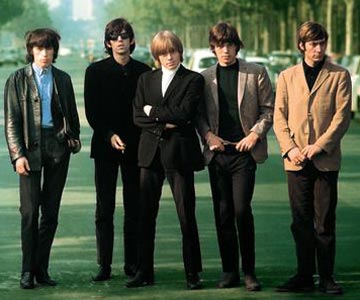

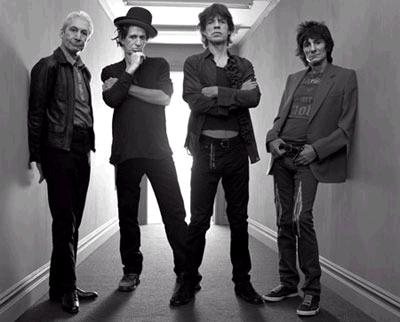
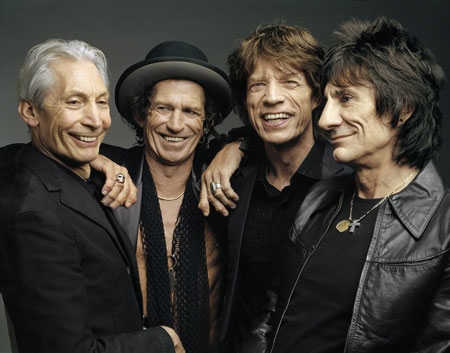






From FNB readers